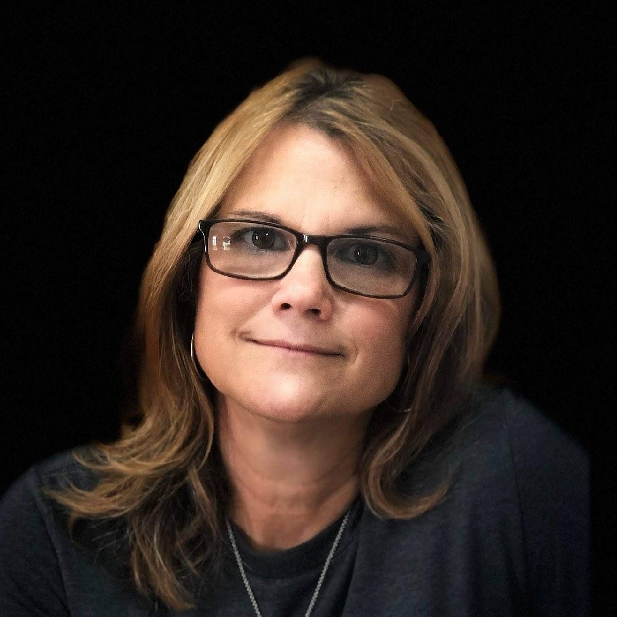Like most educators in small private schools, I teach multiple courses each day—six this year. By the time I fill all of the boxes in my lesson planner, I confess, biblical integration often ends up as the afterthought. And yet biblical integration is integral to our school’s mission of “glorifying God by providing a biblically-based education so that students are transformed and equipped to meet the challenges of post-secondary education and career advancement, while serving and impacting the world for the Kingdom of Christ.” So while it may be the last element I quickly add on the screen, it is foundational and present in all of my classes. And quite often—administrators close your eyes—it looks completely different from the blurb I give it in my plans.
Teaching high schoolers literature, composition, and Bible for over twenty years, I know that if they master the use of the English language by graduation, they will most likely retain those language skills far into their futures. I cannot, however, say I have this same assurance regarding their mastery of spiritual disciplines. Aaron Earls, in his 2019 article for Lifeway Research, offers a dim picture citing that only sixty-six percent of church-going students will remain in church their first year out of high school. I have witnessed far too many students profess faith in the Lord and pass their Bible assessments but drift away from a faith-based life after graduation. And while I cannot control what influences my students outside of campus life or the sincerity of their beliefs, I choose to believe that the way I approach biblical integration in my teaching and interacting with students can have a lasting impact in their lives.
In another article written for Lifeway Research, Bob Smietana found the best predictor of the spiritual health of young adults was how often a child read the Bible while growing up. My question then is: how can I, as an educator, integrate the Bible into my classes in such a way that it reaches the hearts and minds of my students, and moves them beyond viewing biblical integration as just another part of a lecture or reading the Bible as just another assignment? Let me share a few of my conclusions using A-M-P.
Be Authentic
Let love be without hypocrisy. Abhor what is evil; cling to what is good. Rom. 12:9 NASB
I have found I need to be authentic, as in genuine and sincere—not authentic in the fullest existentialist sense of the word, but in the sense of being what I profess to be. If I want students to catch the urgency of their need to read the Bible and to apply what they read to the entirety of their lives, they need to believe I approach the Bible with that same exigency. But when I rely too heavily on my scripted biblical integration, I sometimes miss the impromptu moments in class to connect scripture to the immediate conversation. Students seem to respond best when they believe my “biblical integration” is organic—an in-the-moment response to whatever I am teaching and whatever they are discussing. As well, they need to believe any biblical truth I profess stems from my own spiritual practices. Of course, this presumes I am in God’s word, and that I am trying to live out what I believe to be true. Only then can I really be convincingly authentic.
Model Well
…in all things show yourself to be an example of good deeds, with purity in doctrine, dignified, sound in speech which is beyond reproach… Titus 2:7 NASB
Modeling as a teaching strategy is well-established. How can I apply modeling to biblical integration? First, and this may seem rudimentary, I can open and read from my Bible in any and all of my classes. And what I model, I ask my students to do as well. This simple strategy creates a visual, hands-on, and auditory learning experience while familiarizing students with the Bible itself. For higher order thinking, I can model how to rightly use scripture to judge the ideas found in their textbooks and in their cultural encounters; and, of course, I ask them to do the same. This should remind students of the Bible’s authority and relevance as they learn to apply what they learn to all of life. Secondly, I can model how to read the Bible to discover God’s intended meaning. I use the OIA method with my students: Observation, Interpretation, and Application. For my older students I model how to use available tools such as blueletterbible.org and logos.com to help them understand what they read. My hope is that they will recognize the Bible as their supreme “textbook” for the rest of their lives.
Pray Much
To this end also we pray for you always, that our God will count you worthy of your calling, and fulfill every desire for goodness and the work of faith with power… II Thess. 1:11 NASB
When the seniors graduate and their high school days are over, I know my and my colleagues’ best biblical lessons from their time with us cannot guarantee their spiritual health moving forward. But I do know Who can implant in them a hunger and thirst for His Word and His Righteousness, and so I pray. I pray a lot!
Works Cited
Earls, A. (2019, January 15). Most Teenagers Drop Out of Church When They Become Young Adults.
Lifeway Research. Retrieved from
https://lifewayresearch.com/2019/01/15/most-teenagers-drop-out-of-church-as-young-adults/.
Smietana, B. (2021, November 9). Young Bible Readers more likely to be Faithful Adults, study finds.
Lifeway Research. Retrieved from
https://lifewayresearch.com/2017/10/17/young-bible-readers-more-likely-to-be-faithful-adults-stud
y-finds/.
Varga, Somogy and Charles Guignon, “Authenticity”, The Stanford Encyclopedia of Philosophy (Spring
2020 Edition), Edward N. Zalta (ed.), URL =
<https://plato.stanford.edu/archives/spr2020/entries/authenticity/>.
Photo by Priscilla Du Preez from Unsplash




